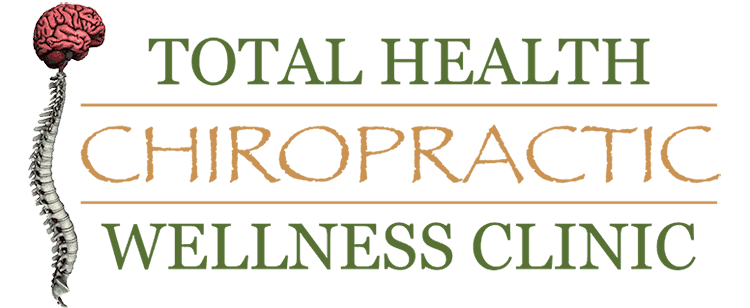The soft tissues of a baby’s spine exhibit more elasticity than that of an adult. The flexibility extends to the muscles, ligaments, and tissues covering the joints. The discs between the bones of the spine demonstrate more flexibility and movement allowing more distraction and a greater range of motion. Some of the bones and joints vary in size and depth and make them less locked together.
 A baby’s spine also differs from an adult in proportion to the head. A baby’s head tends to be oversized and needs spinal and muscle growth to enable better support and bracing capabilities. Instability in the spine requires underdeveloped neck muscles to carry a greater load when supporting the oversized head. These factors do not represent a flaw in development, but a design and function more sophisticated than the world’s most advanced supercomputers. The infant spine began successfully supporting and protecting newborns thousands of years ago. Modern science simply developed into an academic understanding of the importance of spinal health and alignment from birth into adulthood.
A baby’s spine also differs from an adult in proportion to the head. A baby’s head tends to be oversized and needs spinal and muscle growth to enable better support and bracing capabilities. Instability in the spine requires underdeveloped neck muscles to carry a greater load when supporting the oversized head. These factors do not represent a flaw in development, but a design and function more sophisticated than the world’s most advanced supercomputers. The infant spine began successfully supporting and protecting newborns thousands of years ago. Modern science simply developed into an academic understanding of the importance of spinal health and alignment from birth into adulthood.
A child’s neck represents the most common location of spinal injury. Chiropractors locate and correct small neck injuries in children caused by falls, sports, accidents, and general rambunctious play. The most predominant type of neck injury occurs to a baby’s neck and spine through the trauma of the birthing process. Labor, delivery, and pregnancy factors also play into the risk and cause of neck trauma as an infant’s transition from the cramped womb and birth canal into mother’s arms.
A 2015 study found a variety of factors which led to higher risk of injury during birth. Factors include maternal pelvic mobility (the mother’s pelvic alignment and movement), type of labor, number of births for the mother, fetal head position during delivery, labor augmentation, caesarean delivery, instrumental delivery, and duration of labor. The most startling finding from the study correlated the duration of labor to an increased risk of spinal dysfunction in newborns. Longer labor and delivery revealed more areas of injury to the baby’s spine. The upper neck represents the most commonly compromised location of spinal birth trauma. Even normal labor and deliveries assumed to be without complication still result in neck problems for newborns.
Chiropractors specialize in the detection and correction of subtle, yet significant injuries related to birth trauma. Most birth trauma and injuries go undiscovered and unaddressed by pediatricians and delivery specialists because babies cannot express a source of pain, irritation, or discomfort. Neck problems within a fragile and flexible infant do not usually manifest as pain. The spinal stress usually presents through altered neurological function which develops in the form of ear infections, colic, or nursing challenges. The study made very clear that the identification and treatment of altered spinal and neurological dysfunction led to improved health in newborns.
Chiropractors specialize in detecting and correcting areas of misalignment and reduced motion in the spine for all ages – infants to adults. A baby’s spinal size certainly measures smaller than that of an adult, but an incredible number of similarities also exist between these precious bundles of nerves. Regular Chiropractic care for the whole family improves spinal and neurological function, mobility, and whole-body health. An optimally functioning spine represents an invaluable source of life and vitality for infants, children, and adults. Chiropractic works for the entire family.
References:
J Am Osteopath Assoc. 2015 Nov;115(11):654-65. Incidence of Somatic Dysfunction in Healthy Newborns.

